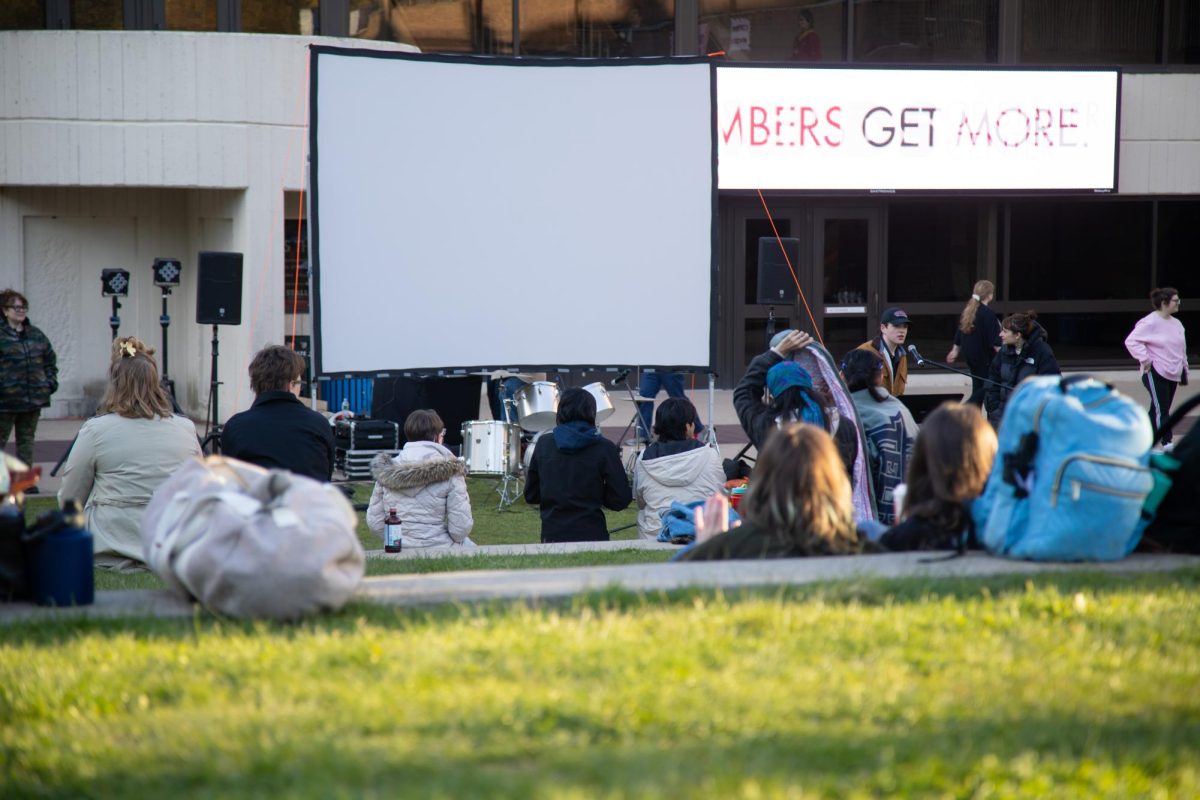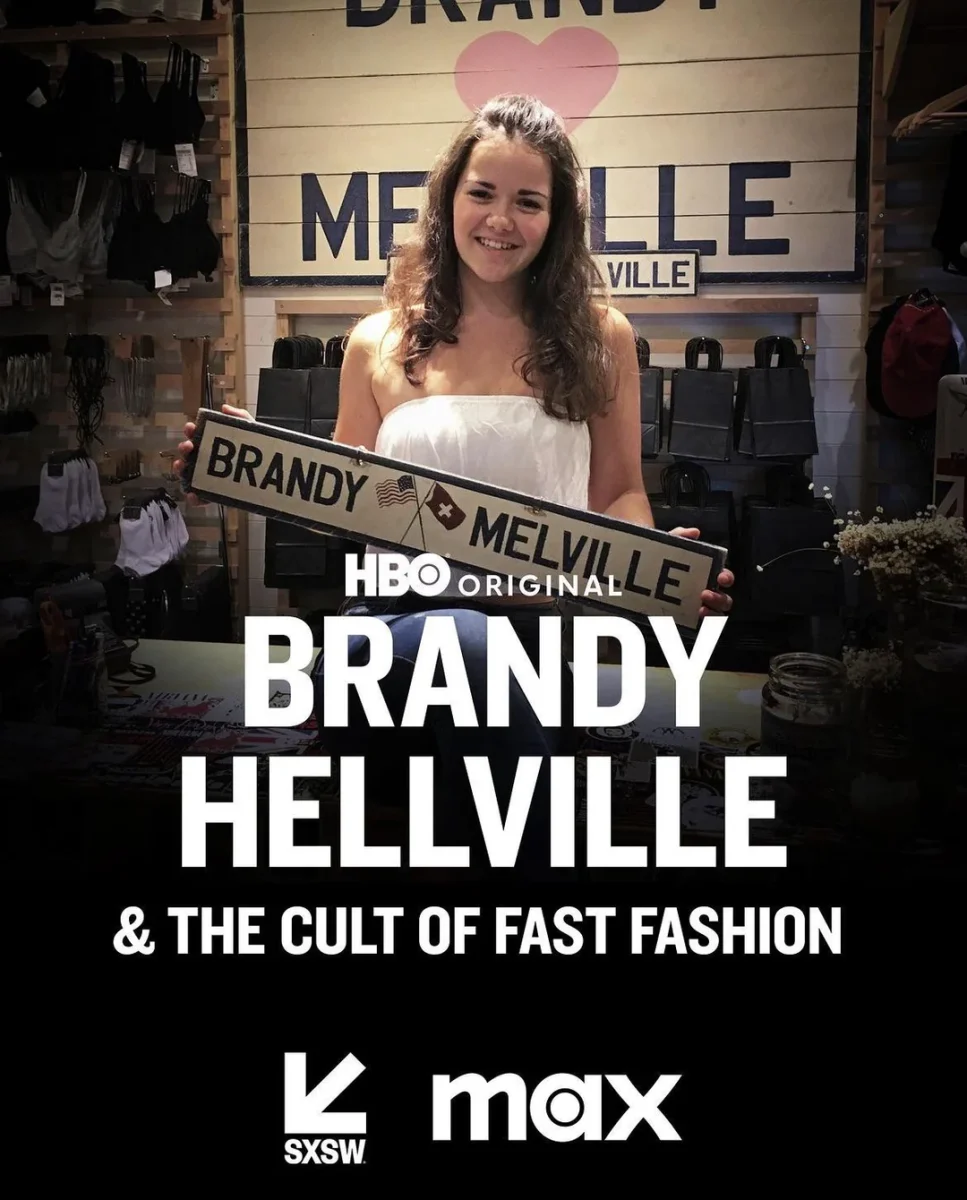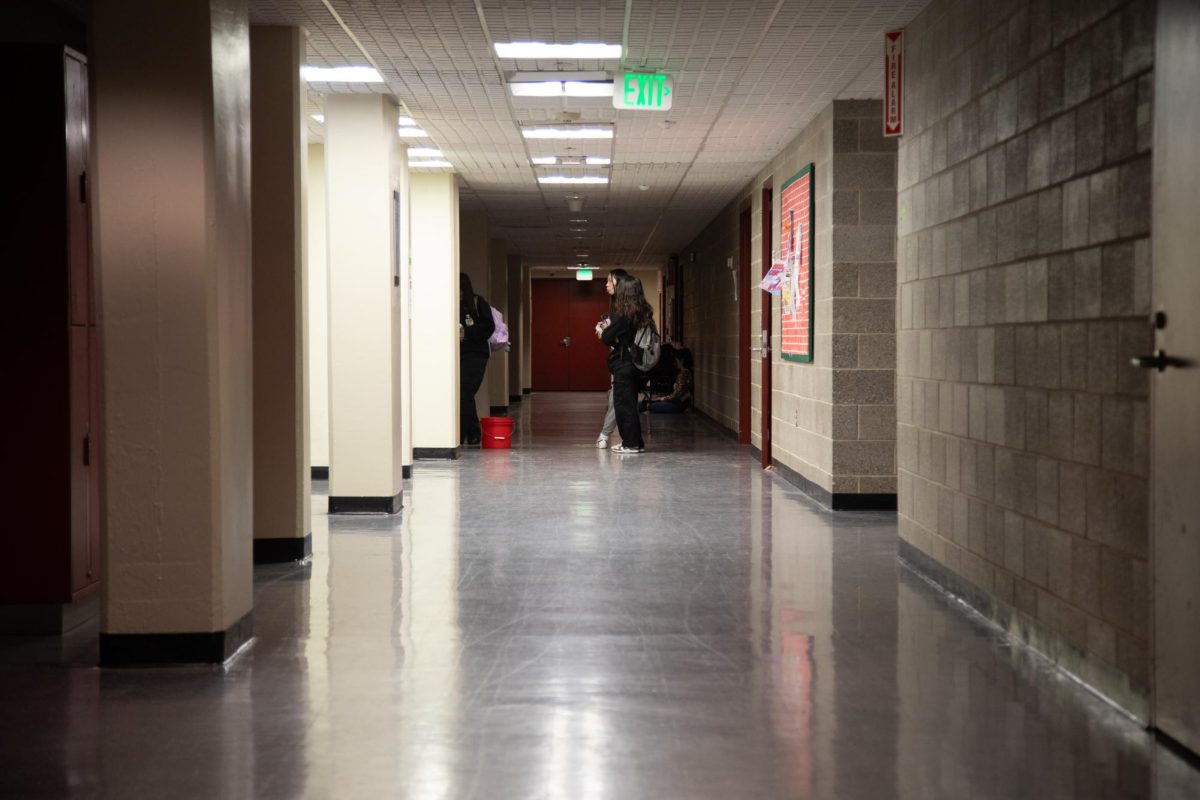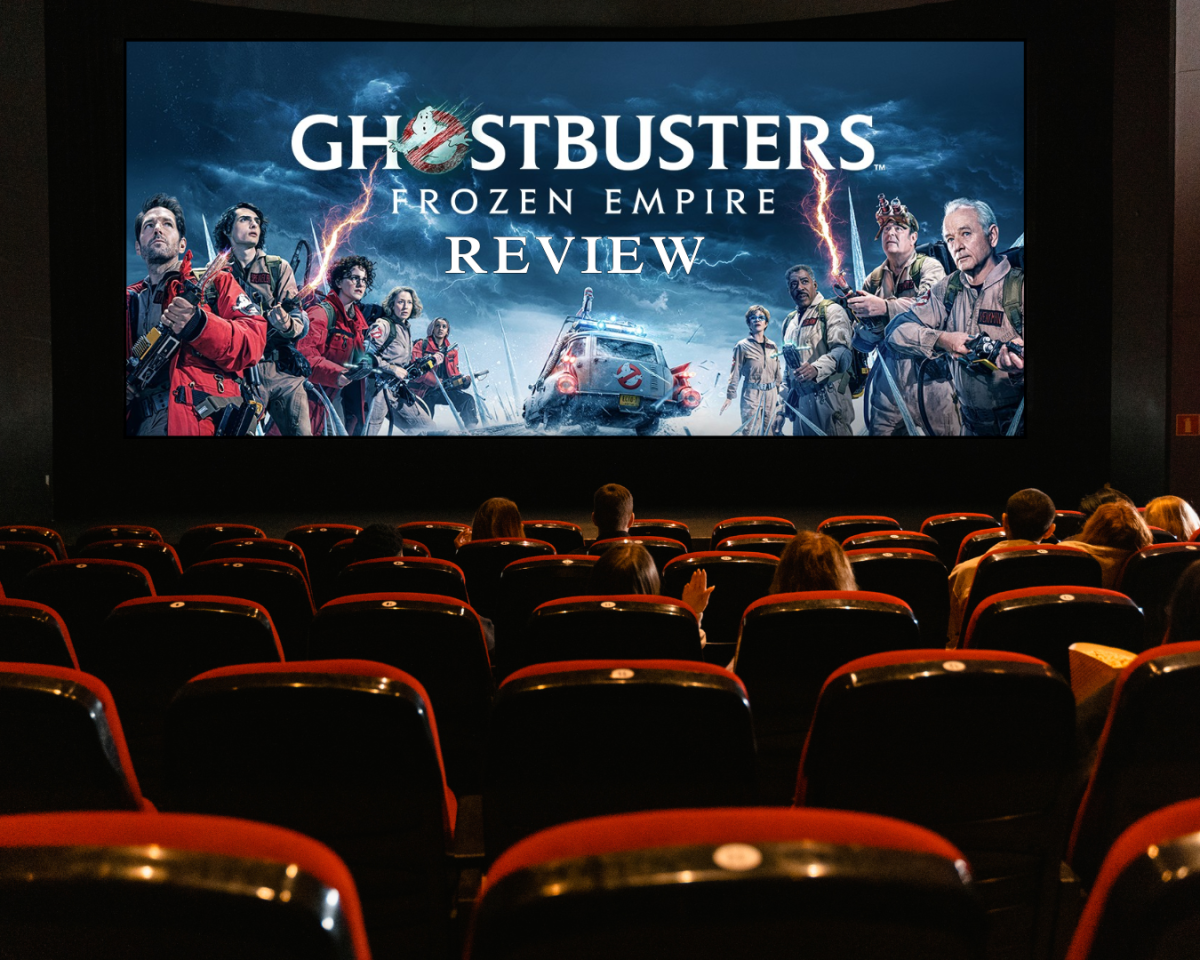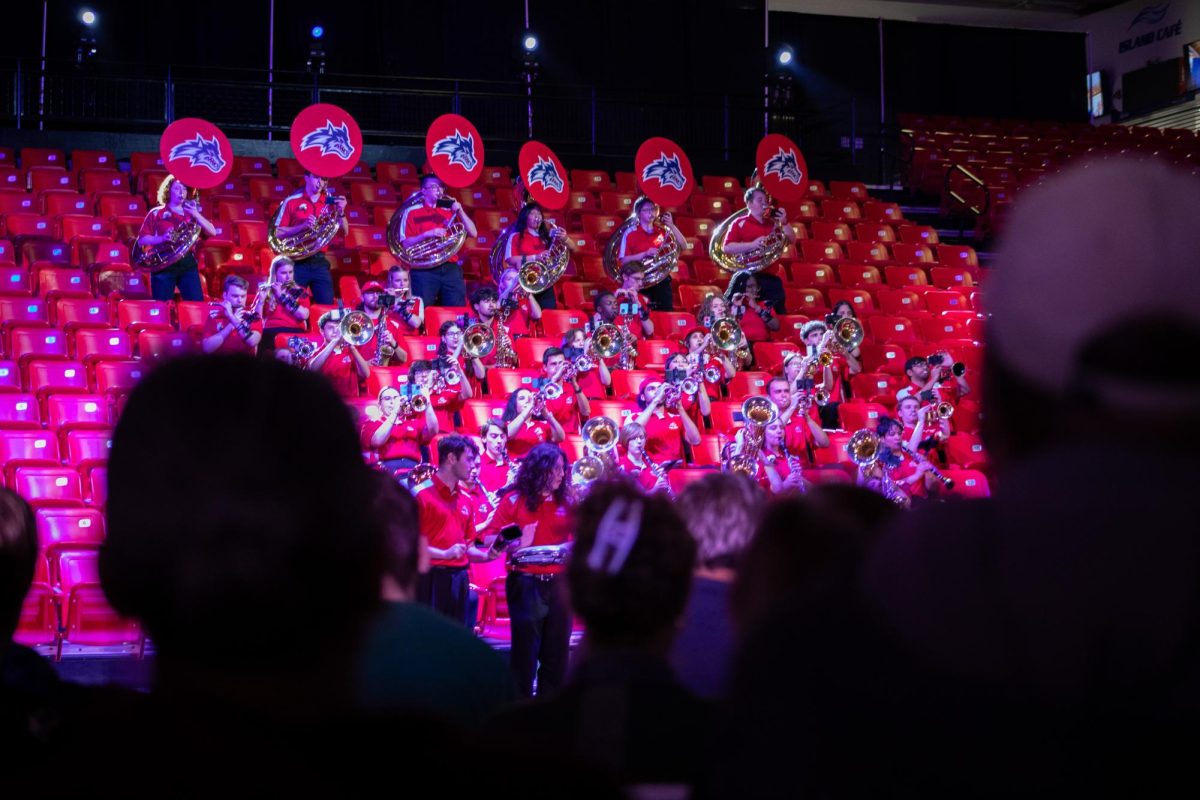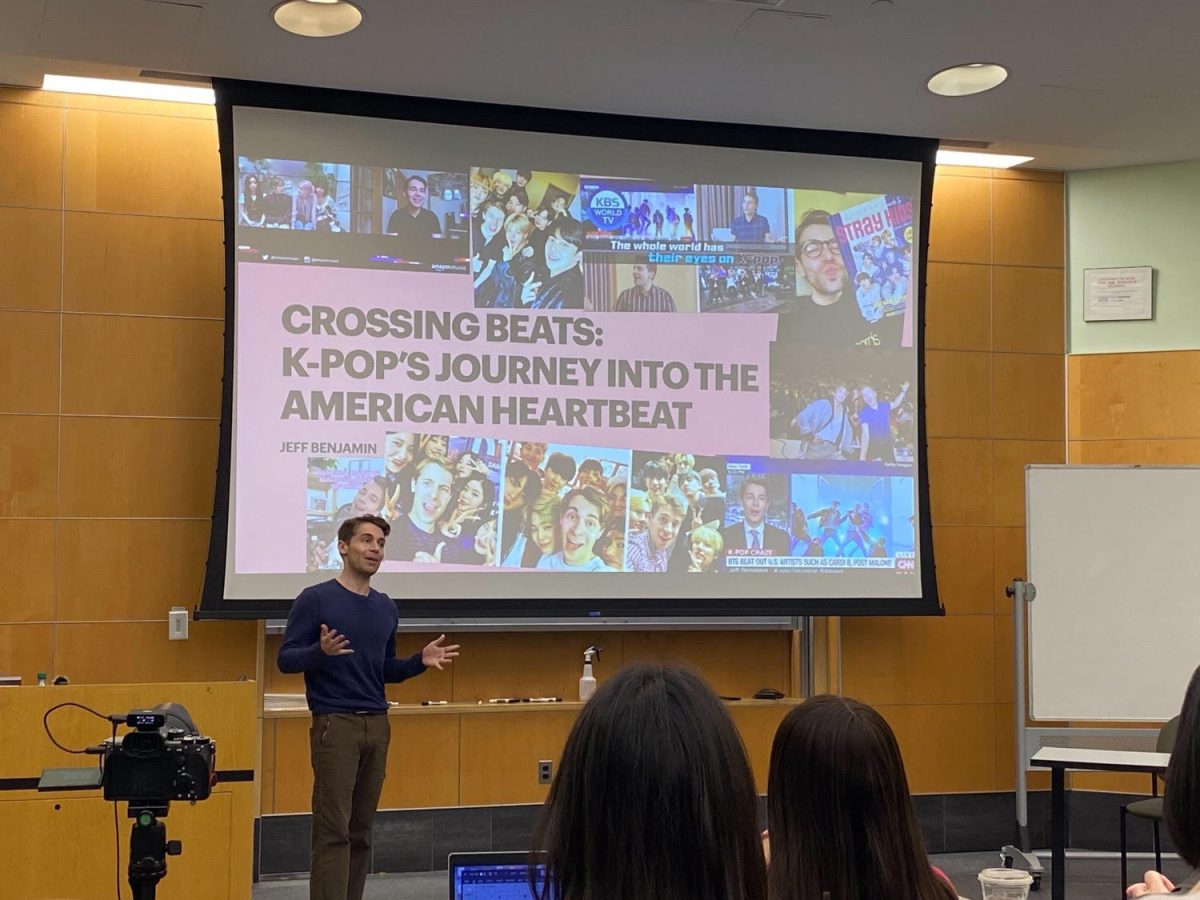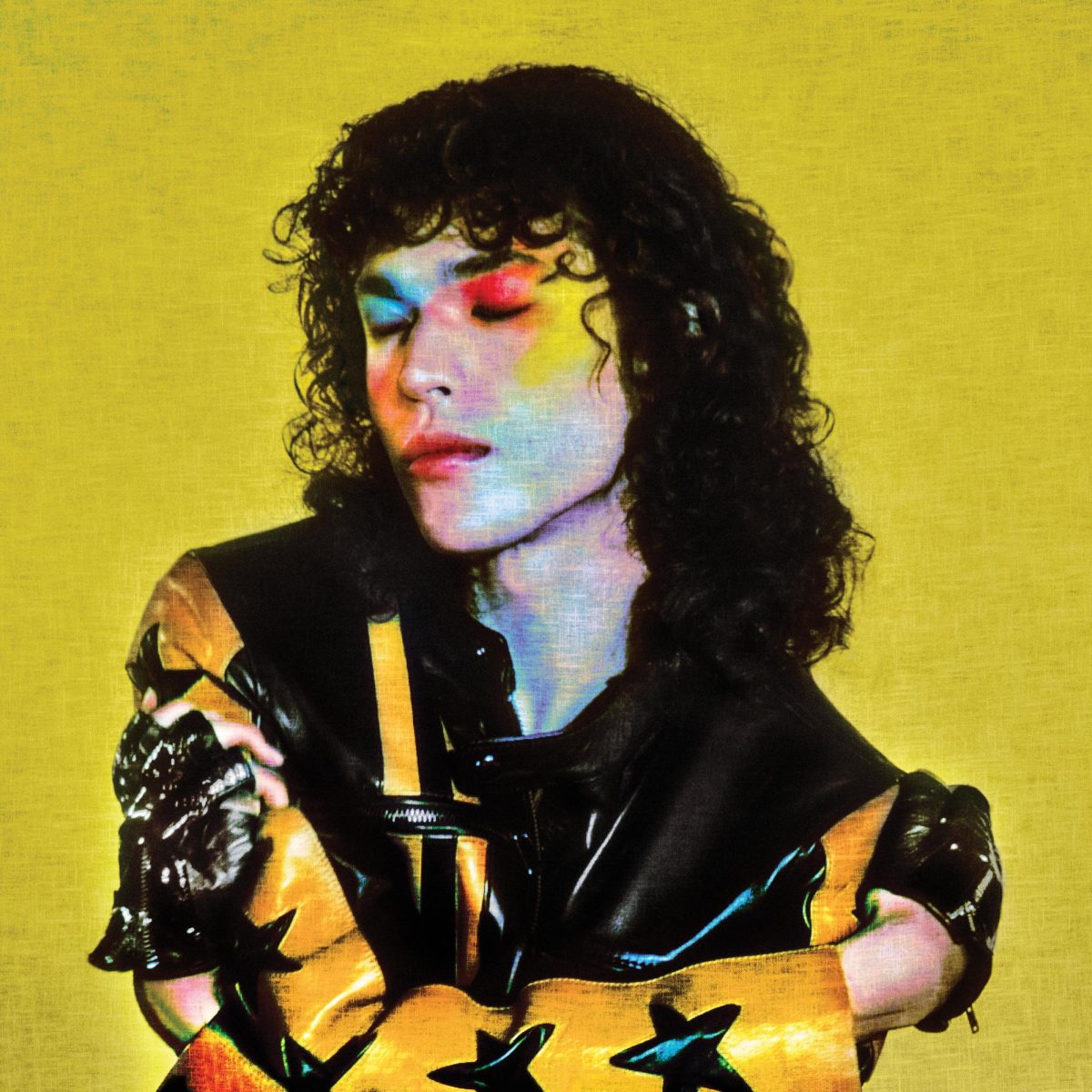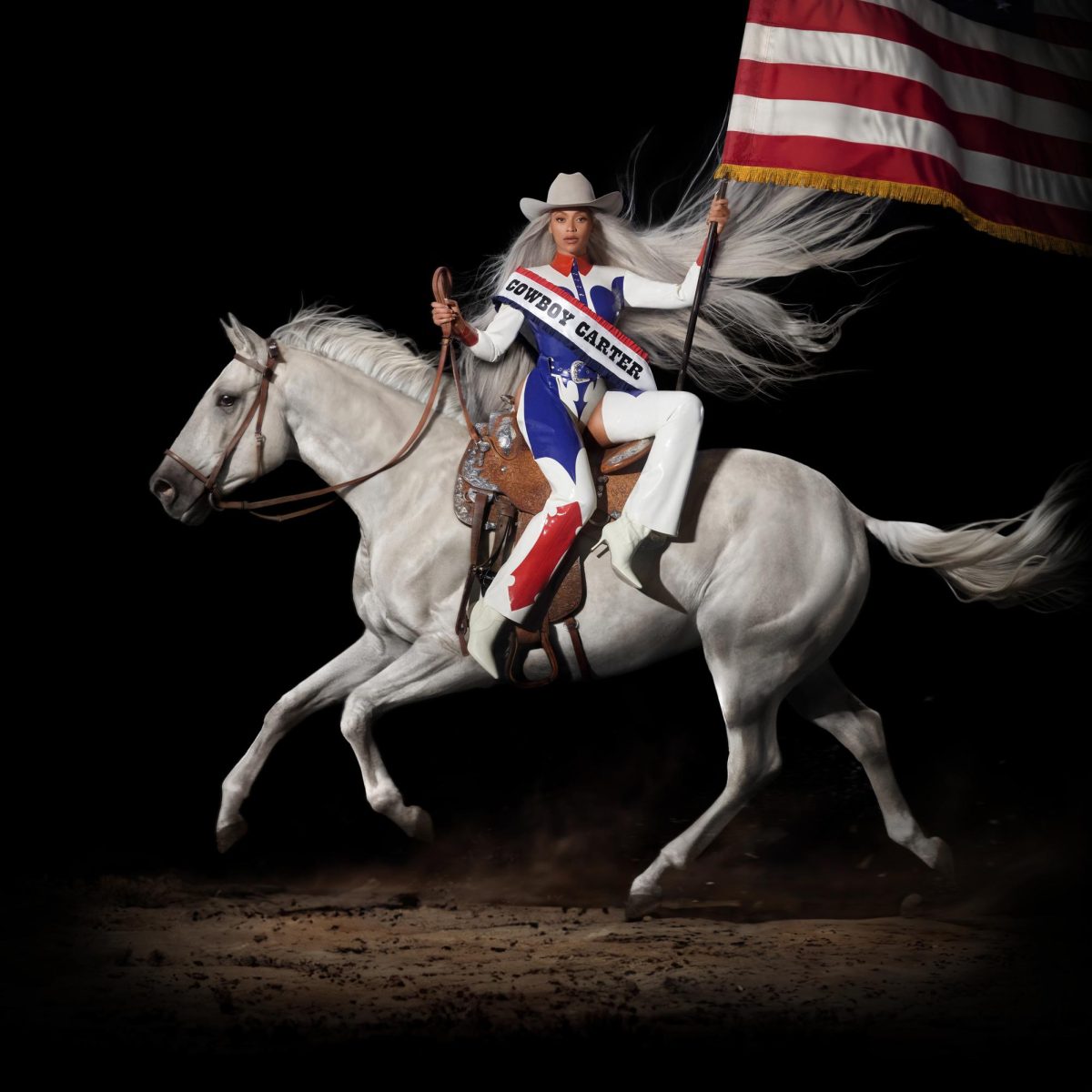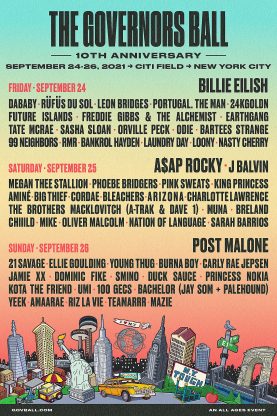
The return of live music has inevitably come with the return of beloved and glamorized music festivals — the close of September will host the long-awaited Governor’s Ball at New York City’s own Citi Field.
As we prepare for the resurgence of cheek glitter and neon crop tops, let’s examine what has made music festivals so revered, so despised and so ever-changing.
Perhaps the most infamous of music festivals is the peace-sign incarnate, Woodstock ‘69. With a lineup of Jimi Hendrix, Janis Joplin and other rock icons of the era, Woodstock promised a weekend of the now romanticized sex, drugs and rock and roll — the festival quickly became a cornucopia of all three, just not in the way everyone had hoped.
Deaths came as the result of drug overdose and confusion, alongside risks of electrocution, trampling and assault. Nelson Rockefeller — former governor of New York, the festival’s location — declared a state of emergency, leading the U.S. army airlifting supplies to a crowd of sweaty, hungry, drugged-up music fans. Woodstock only turned a profit of around half its cost, making it a massive financial flop, as well as a liability for the city it invaded. And yet, 25 years later, it sought and made its reparations.
The original festival’s successor, Woodstock ‘94, seemed to save the organization’s face with its relaxed feel, which boasted the same pure intentions of ‘69, only this time with the intended outcome. Setlists packed with soft rock icons of the decade provided the weekend of music appreciation the initial event had hoped to be, prompting co-creators Michael Lang and John Roberts to invest in a third festival five years later, birthing the ugly stepchild of the Woodstock saga, Woodstock ‘99.
As featured in the HBO documentary “Woodstock 99: Peace, Love, and Rage,” this attempt at manufacturing nostalgia for the 1969 affair tripped its way through a messy weekend of sexual assault allegations, vandalism and even deaths, just to fall flat on its face come Monday morning.
Overturned porta-potties, four dollar bottles of water and oppressive heat only served to aggravate the already angsty throngs of young males that filled the air force base in Rome, New York. Animosity towards societal shifts at the close of the decade was directed onto the poorly planned festival, resulting in the destruction of the Peace Wall, as well as the use of candles distributed for a gun violence vigil being used to set the entire field ablaze from stage to stage. What was intended to be a wistful revival quickly devolved into disaster, thus tainting the reputation of the original Woodstock, which people often remember with rose-colored glasses.
The current music festival scene has sought redemption from the bloodbath of the late nineties, and redemption it has earned; annual shows like Coachella and Governor’s Ball rake in hundreds of millions each year in both revenue and tourism, a stark contrast to the mere $200,000, the final iteration of Woodstock made for Rome, ironically the same year Coachella began. This shift in music festival culture has come likely in response to Woodstock ‘99, as well as due to the increasing pressure to become more of an elite event. Rather than camping out in fields, attendees rent Airbnbs with backyard pools. Free and bottled water are provided, both with lower prices and more encouragement for festival-goers to hydrate.
Sure, the energy of these events can still reach a fever pitch along with the weather, but there is much more of an emphasis on festivals being events filled with celebrity and status; boujee, not filthy. Coachella has become an influencer haven, and has become more of a snobbish event than the original festivals had been; thus, there have been pleas for the return of Woodstock and other festivals more about the appreciation of the music being played, rather than the best stages to use for Instagram backgrounds.
Of course, there are still music festival massacres, with 2017’s Fyre Fest being one of the most infamous in recent history — when you gather the masses with promises of a weekend full of peace, love and music, it’s bound to unravel into a land of the lawless, especially if the organization of the event is questionable at best from the start.
Whether you’ll be attending this year’s upcoming showcases of live music or settling for Spotify at home, it’s both interesting and informative to learn about the pratfalls and victories of music festivals throughout the years, seeking to learn from the mistakes of their forefathers and create the weekend of musical gratitude Lang and Roberts envisioned.


